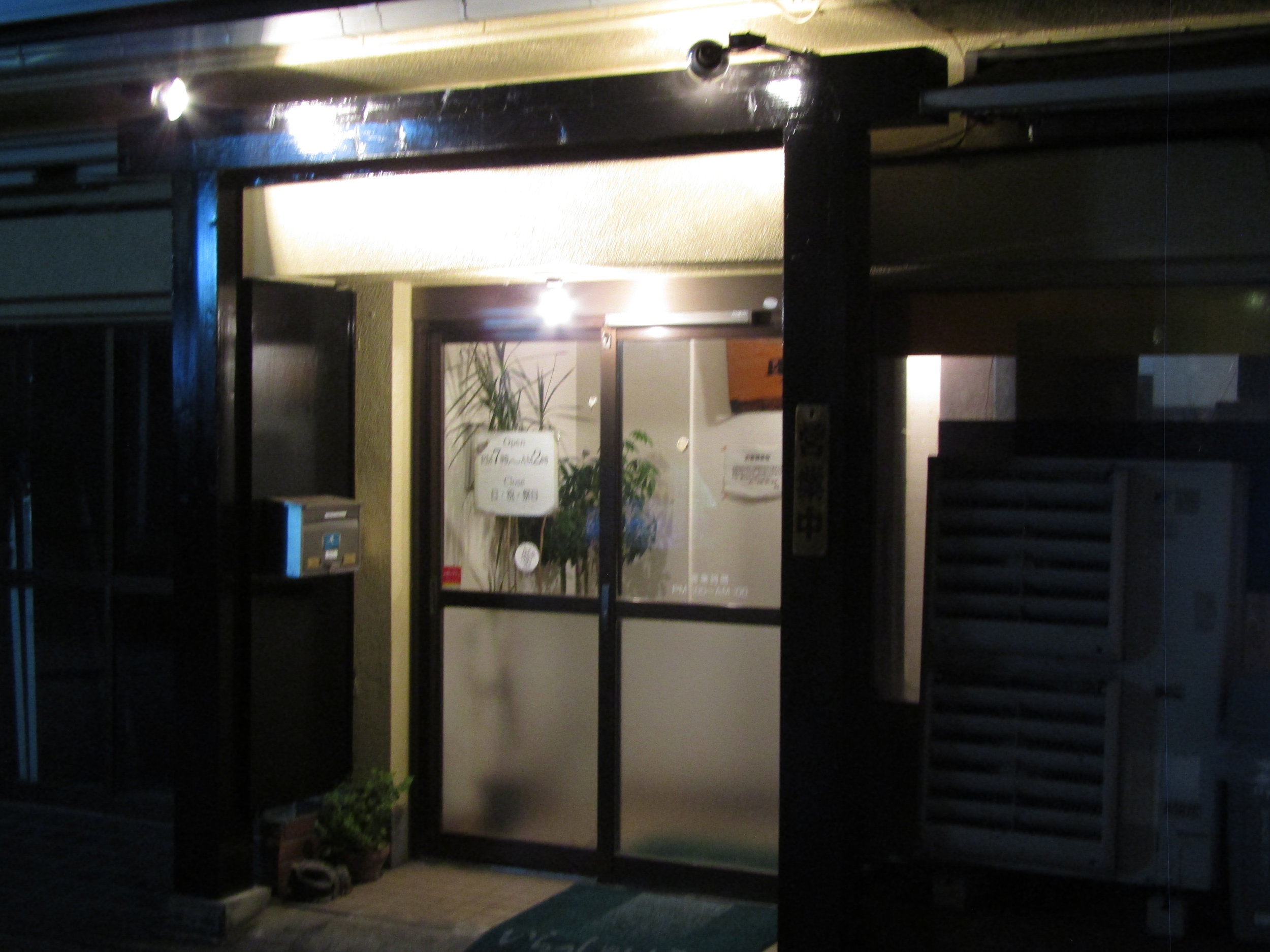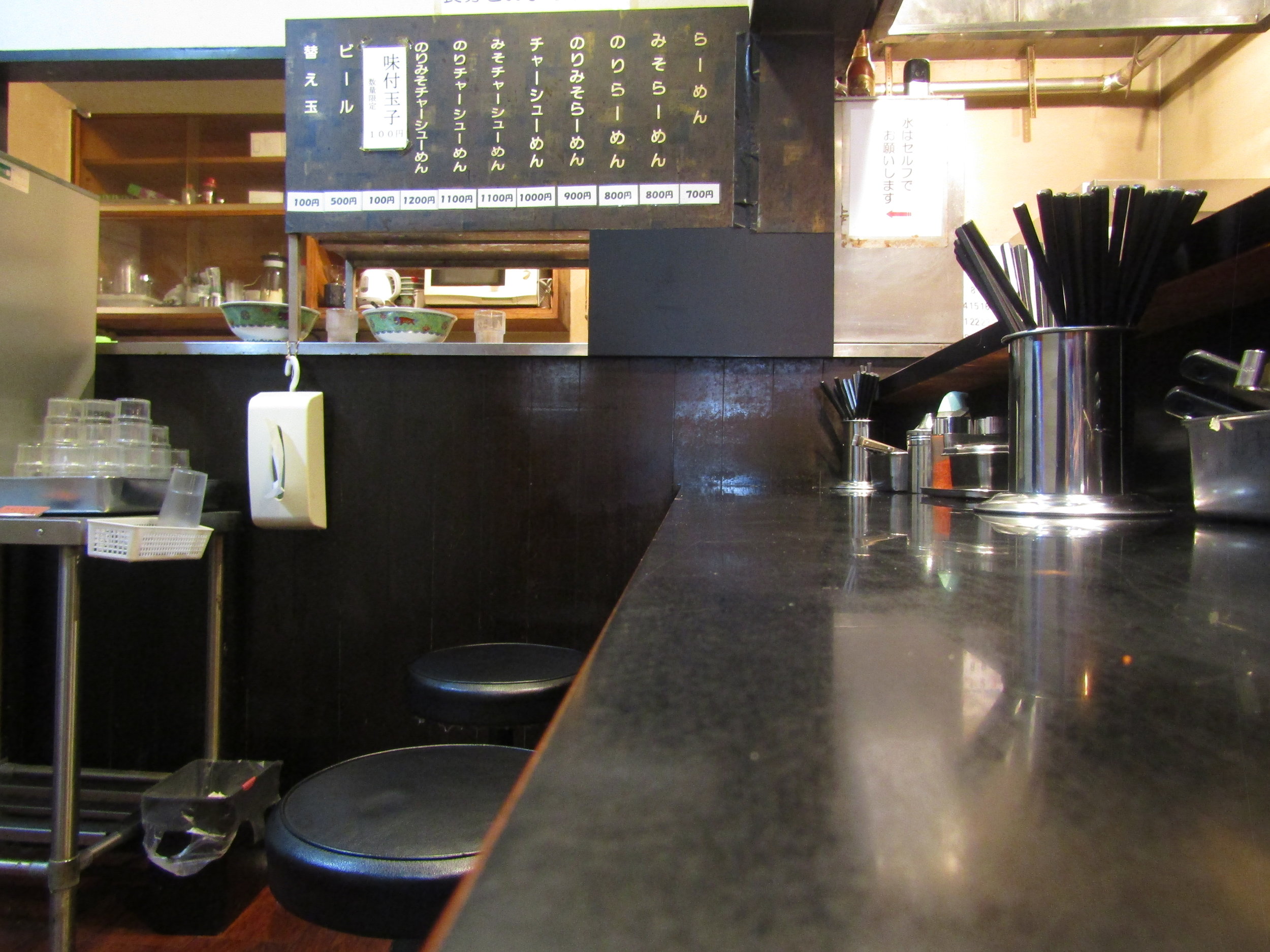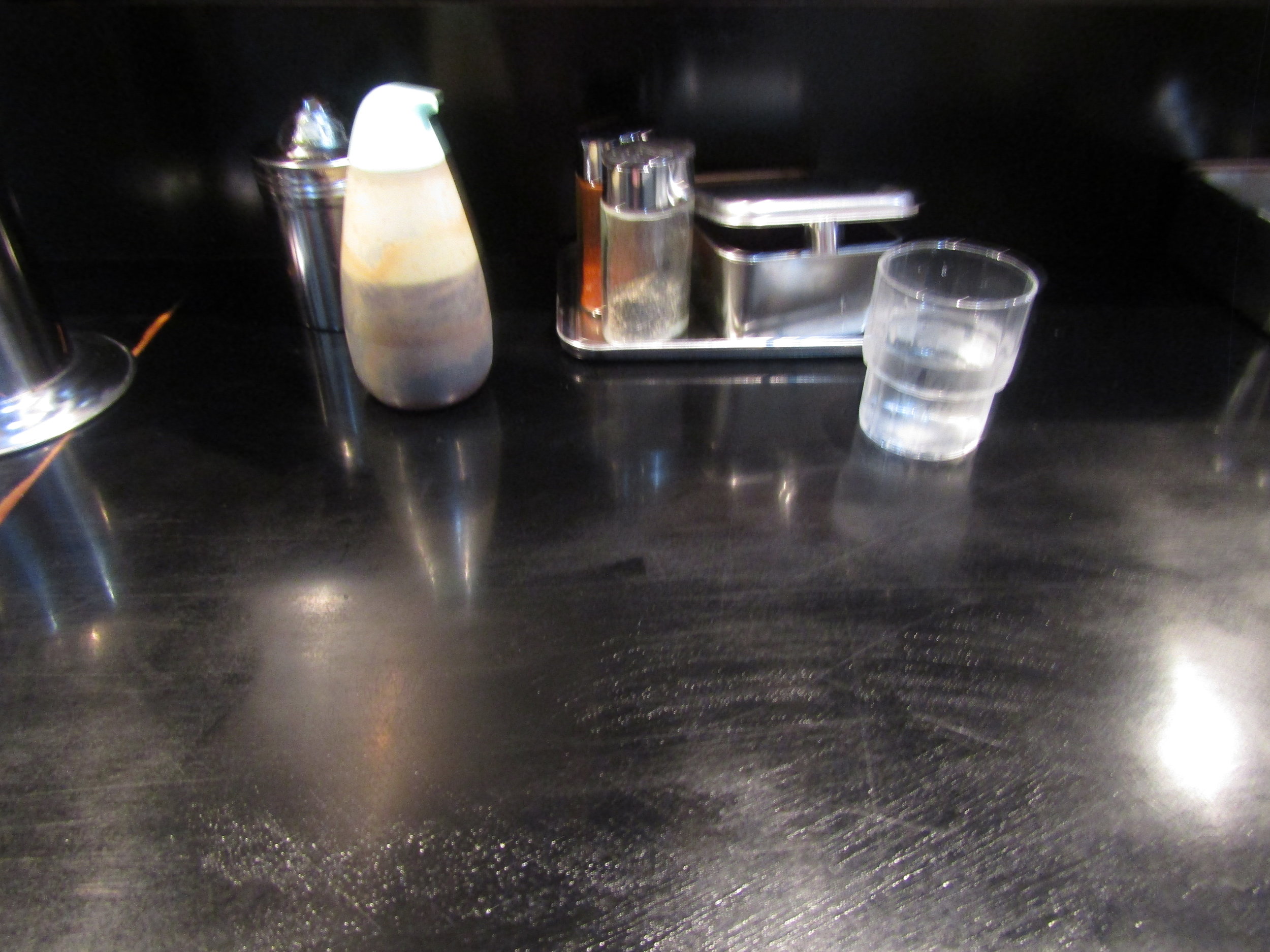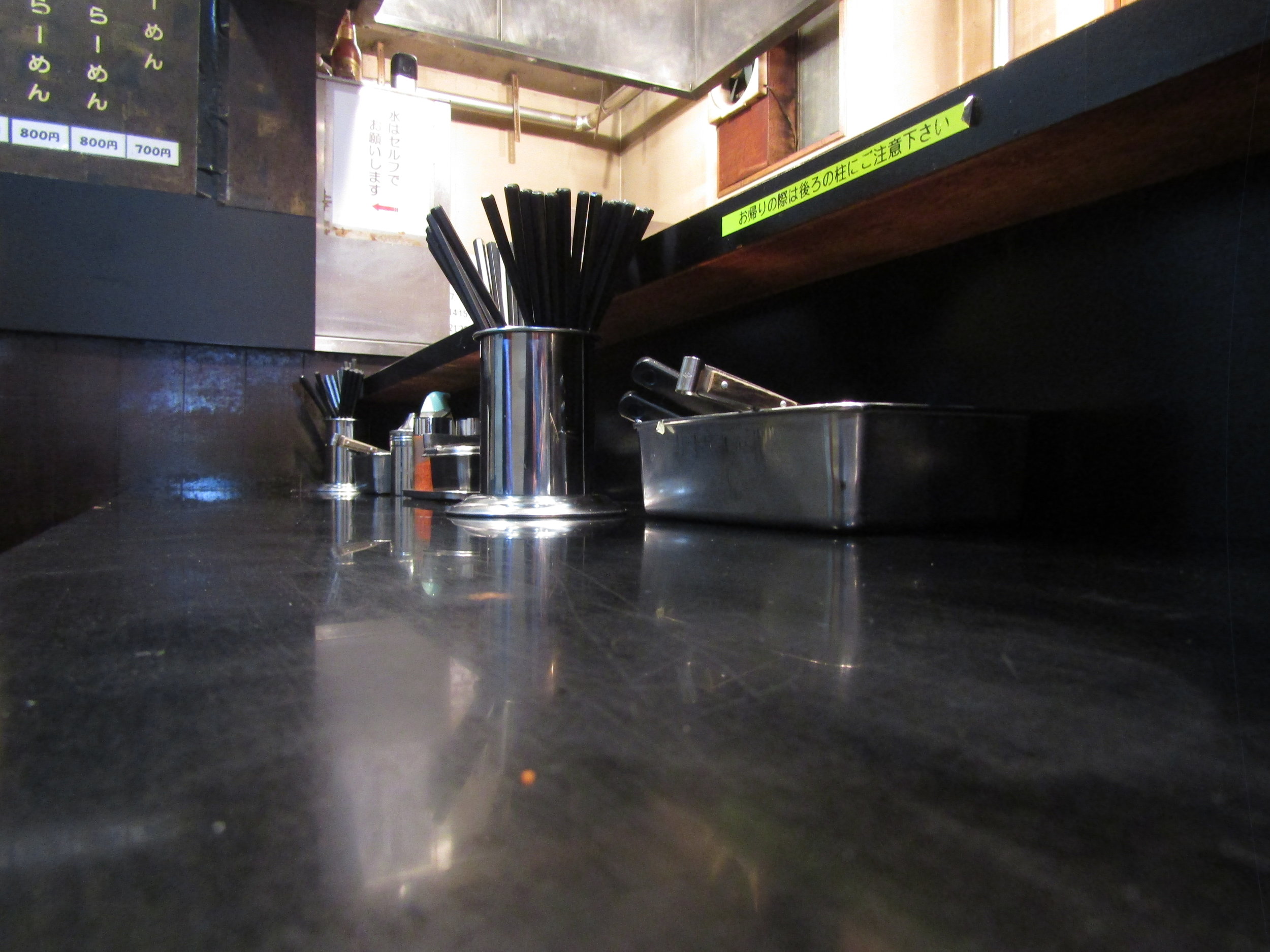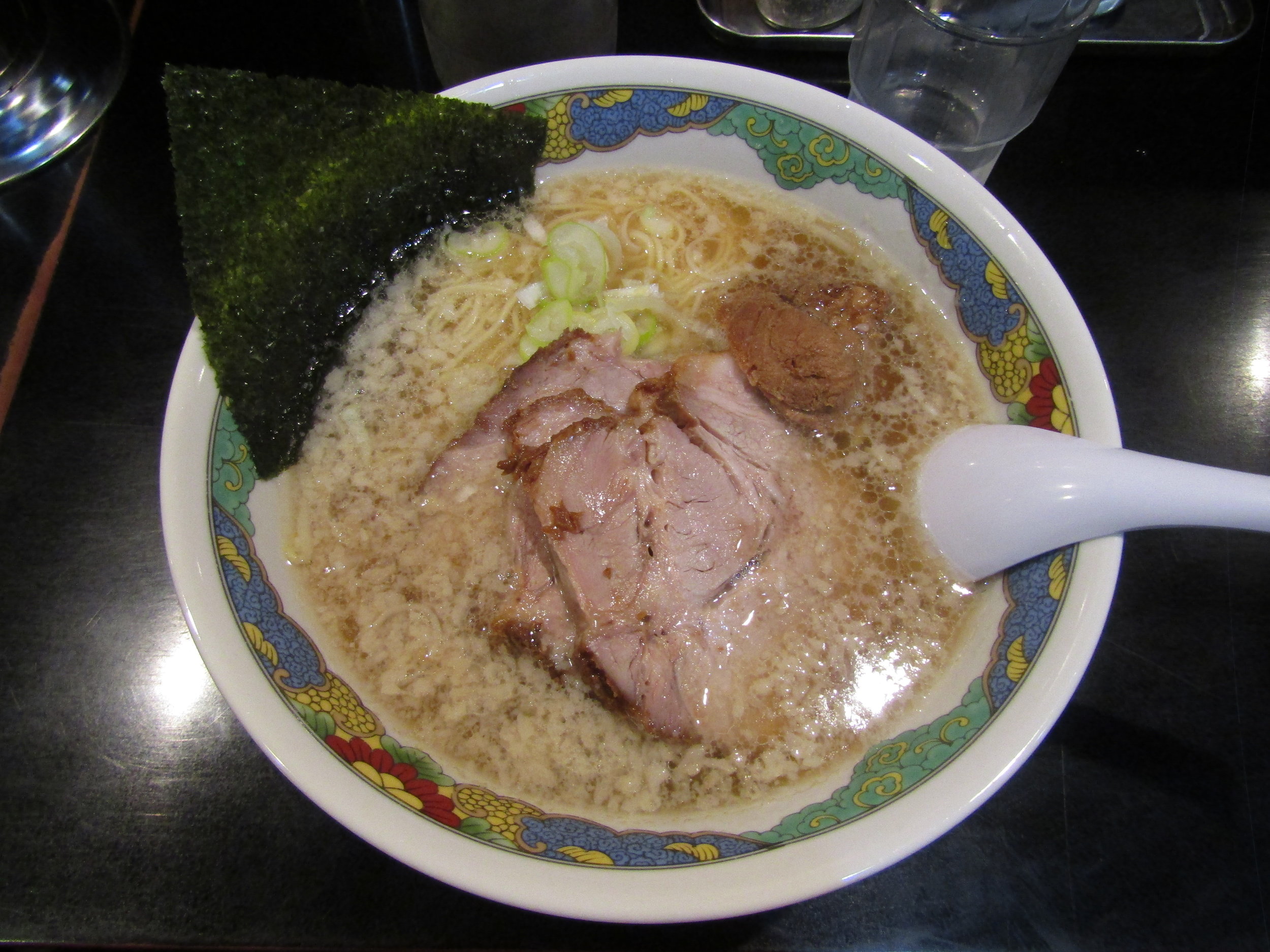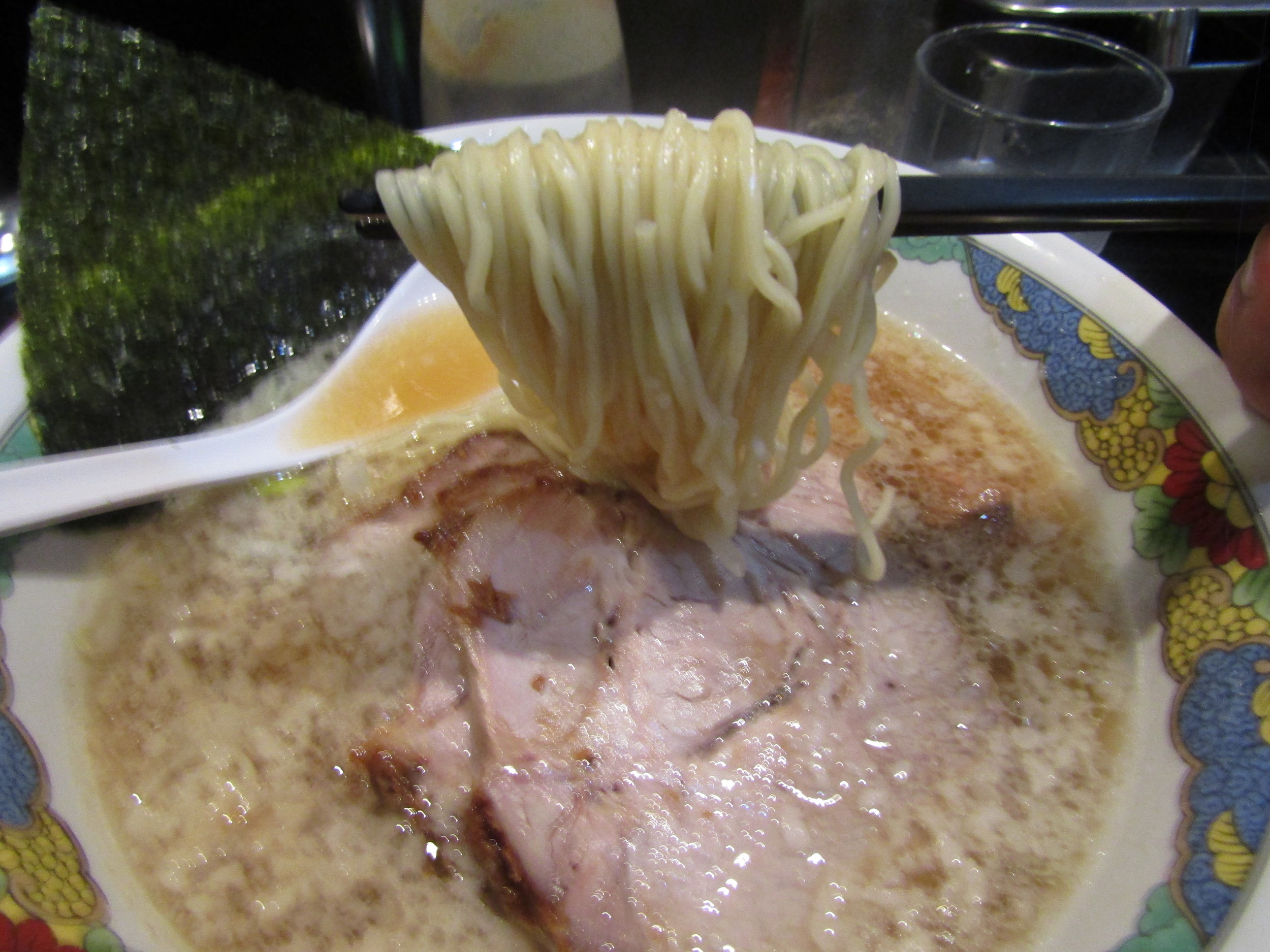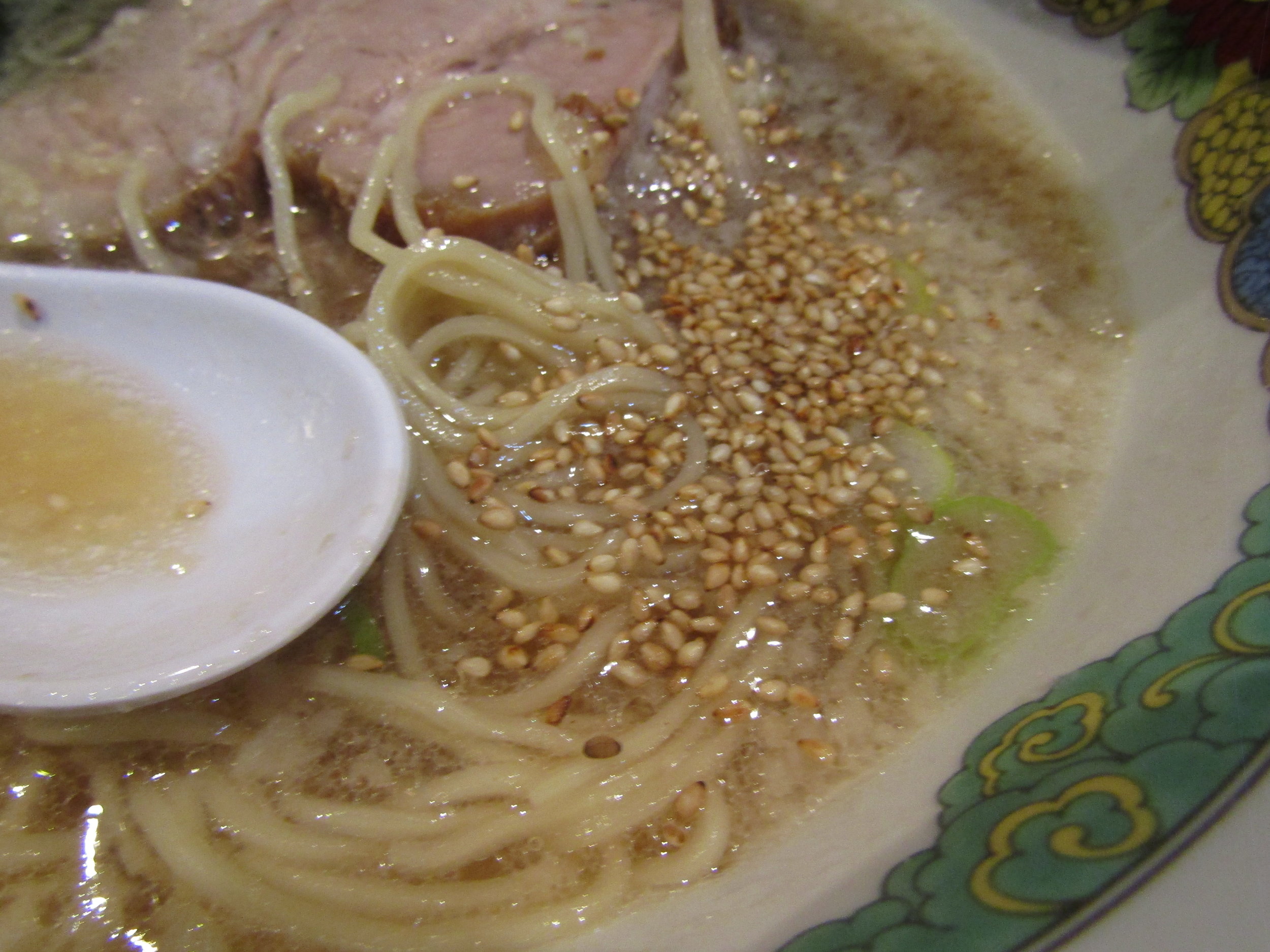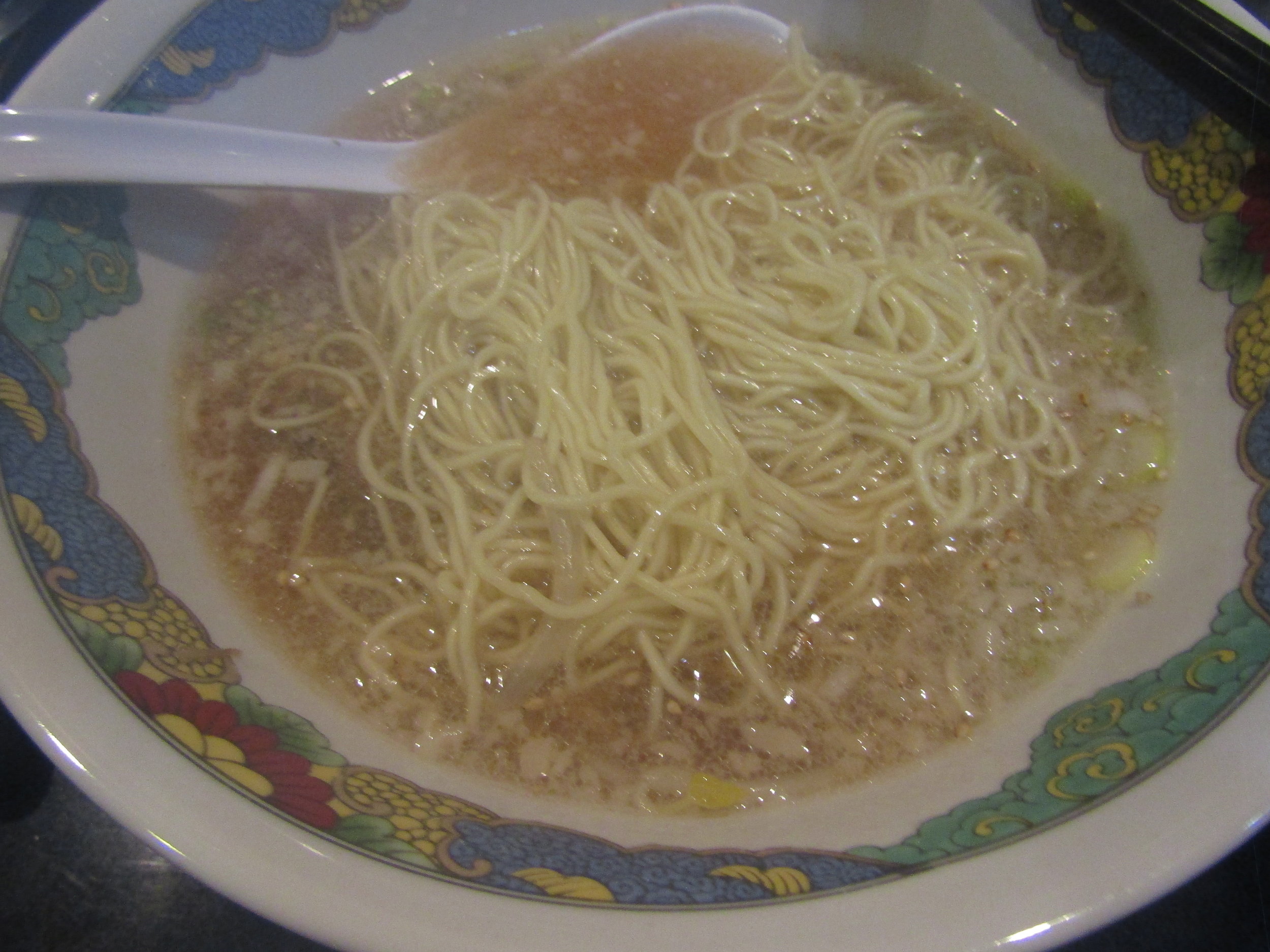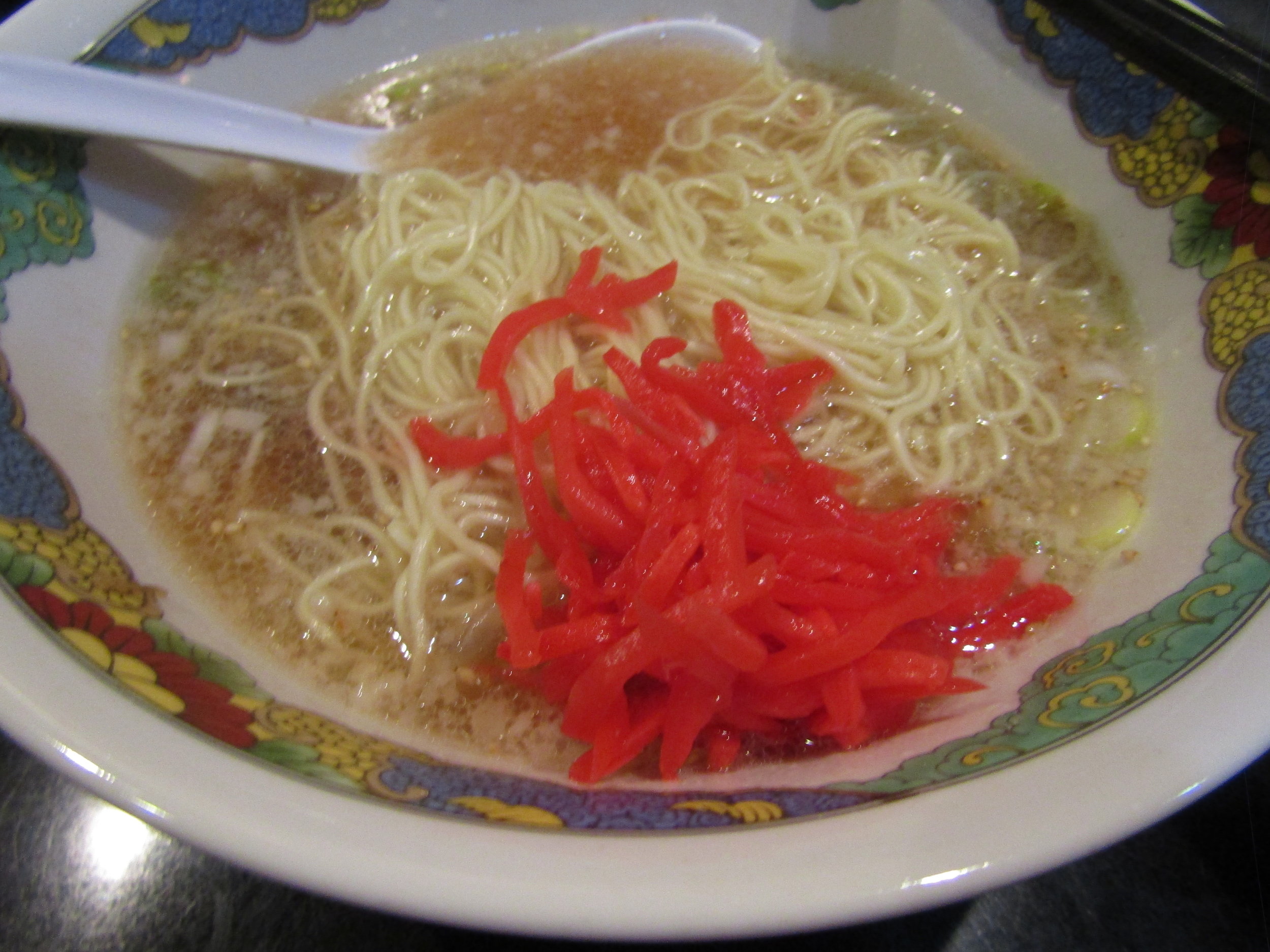Ramen Akatsuki (らーめん暁); Genuine Tonkotsu Ramen, Koremasa
I have been asked many times if I will ever review Ramen Akatsuki from many of my friends and family as they know how much I love the ramen here. However, I was afraid that I would be biased in any review I write for Akatsuki so I was a bit apprehensive. But since there has been a number of requests, I decided to write a review with a fair warning. I’ll promise that this will be the first and last time I will ever give a bias warning on these reviews, but please take the following with a grain of salt. I went to high school near by Akatsuki and have probably eaten thousands of bowls here (yes, thousands). I have been coming here consistently since 2005 and is without a doubt, my favorite ramen in Japan. It’s quite far from central Tokyo, but if you make it out to Fuchu on the Keio line, you’ll definitely want to stop by here.
The shop is a short walk from Koremasa station on the Seibu Tamagawa Line. Given its location in a small residential area, the shop is quite small and filled with regulars that live in the area. However, a horse racing track is nearby so there will occasionally be lines during race days. Nearby about ten minutes away on the bus is Fuchu station which is known for Ookunitama Jinjya, one of the biggest temples in Tokyo, so check it during the day before coming here for dinner. Akatsuki is open Mondays-Saturdays from 7pm to 2am and closed most holidays. They don’t have a website so be sure to check national holidays and come during non-holiday days to ensure a bowl. As you walk in, the ticket machine will be to your right. They have one variety of light, tonkotsu ramen here with extras for toppings. Once you purchase your ticket, sit at an empty seat at the counter, or if seats are full, have a wait on the bench next to the ticket machine. From right to left, the menu items are Ramen (らーめん) 700 yen, Miso Ramen (みそらーめん) 800 yen, Ramen with extra seaweed (のりらーめん) 800 yen, Miso Ramen with extra seaweed (のりみそらーめん) 900 yen, Char Siu Ramen with 2 extra pork slices (チャーシューめん) 1000 yen, Miso Char Siu Ramen (みそチャーシューめん) 1100 yen, Char Siu Ramen with extra seaweed (のりチャーシューめん) 1100 yen, Miso Char Siu Ramen with extra seaweed (のりみそチャーシューめん) 1200 yen. A marinated egg (味付玉子) is 100 yen, beer (ビール) is 500 yen and and extra noodles (替え玉) are 100 yen per order.
At the counter you’ll find your chopsticks, garlic with garlic press, pickled ginger, sesame seed, extra tare or kaeshi, black pepper, and chili peppers. You’ll find the water is self serve in the back and the bathroom is located further down as well. Behind the seats are hangers if you want to put up your coat during the meal, but don’t forget to take it once you’re done. The chef here prepares each bowl to order, but the ramen here closely resembles Hakata style ramen, and the noodles are served thin and al dente, so sit tight, your bowl will arrive in just a few minutes. My favorite topping choice here is the Char Siu roast pork as it is one of my favorite in Tokyo and so I highly recommend that option.
So pictured here is the aforementioned Char Siu Ramen. You typically get two extra slices, but the roast pork was getting down to the edge and as I frequent the restaurant at least once a week, the chef gave me a complimentary end piece. If you get extra seaweed, the entire rim of your bowl will be covered with dried seaweed. The flavor profile of this bowl is Hakata ramen-esque in which the base is a light tonkotsu, pork bone broth, but with a good amount of pork fat and garlic added. The little white bits you see floating at the surface is the melted pork fat from the broth. The tare is soy sauce base, but of course miso if you end up getting the miso ramen option. Noodles are thin and al dente, like a typical Hakata ramen. Blanched with the noodles are some bean sprouts and the bowl is topped with a spoonful of spring onions. If you have ever gone to Ninniku-ya, a popular ramen chain in Tokyo, the flavor might remind you of their bowl as it was once a Ninniku-ya franchise location. While the broth base is quite similar, the tare and char siu roast pork is a Akatsuki specialty so it is quite a different ramen. You’re not gonna get a rich, dense soup like a deep simmered tonkotsu ramen, but the pork flavor is definitely evident. I like this style of light, tonkotsu ramen since a deeper, richer broth typically has a lot of bitterness drawn out of the pork bones, but of course that’s just personal preference. The soy sauce tare is quite light as well and is cut with a bit of the pork fat from the soup so the entire bowl has a nice pork flavor. The miso is a white miso blend which is a lighter miso variety so you’ll still have a nice full pork flavor.
So I’ve been coming here for ages so I have a routine when dining at Akatsuki. First I take a sip of their soup and a bite of their incredible tender char siu roast pork. Akatsuki’s roast pork is simmered with the soup and marinated in their specialty soy sauce base marinade. The pork is incredibly tender and has a nice balance of meat and fat. The char siu is so popular here that the char siu option typically runs out by 10pm so be sure to come early. Customers can also purchase a block of their homemade char siu during the holiday season and customers reserve weeks ahead of time, myself included. It’s definitely a must order on your visit here. After taking my bite of char siu, I try to think about what my schedule looks like for the following day before deciding how much pressed garlic I want to add to the soup. If I’m not meeting anyone, I put about three cloves, but I’d recommend one to start. Once the garlic is mixed in to the soup, I polish off my noodles before purchasing another order of extra noodles. After my next order of noodles comes in, I add some pickled ginger to the bowl. The pickled ginger gives a new flavor dynamic and changes up the bowl with a nice tangy twist. If your soup gets a bit watery, add some of the extra tare or Kaeshi to the bowl. If you order more than one order of extra noodles, you’ll definitely need it. The customization is completely up to you, but this is just my tried and proven routine I’ve been following for over a decade. I think this is the best way to enjoy your bowl here, but feel free to change it up to your preference.
As stated before, this is my favorite bowl of ramen in Japan. I tried to stay as unbiased as possible, but honestly, this takes the cake. The char siu roast pork is my favorite in Japan and their light, but fatty soup is a flavor unlike any other ramen shops I’ve been to. For garlic lovers, this is heaven. Not only do you have the option to add fresh pressed garlic to your bowl, the broth itself has garlic simmered in. The ginger can change up your bowl and helps cut through some of the fattiness of the soup if you need it, but you might not even feel like its needed. Akatsuki is quite far, but is definitely a neighborhood gem that doesn’t get a lot of publicity. Make the trek out here, I promise you won’t leave disappointed.
